This isn’t one of those sequels that feels like the director is simply going through the motions. Instead it feels like a shot of adrenaline in cinematic form with the energy and style you’d expect from Danny Boyle.
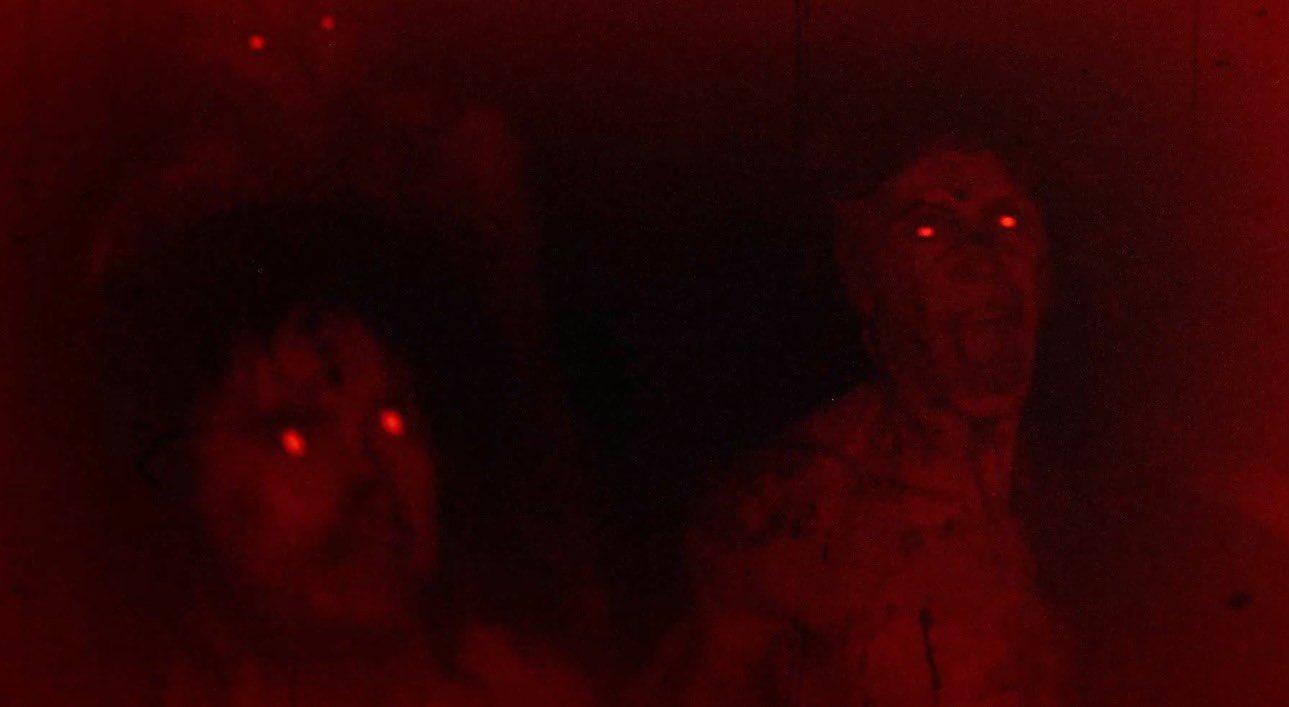
Back in 2002 Danny Boyle and Alex Garland combined to create 28 Days Later, a British horror film that revitalised the zombie sub genre and introduced new elements which in the two decades since have proved to be very influential. 28 Weeks Later is a surprisingly good sequel which released in 2007. Now 28 Years Later has arrived in cinemas and marks the return of the original’s creative pairing, Boyle and Garland.
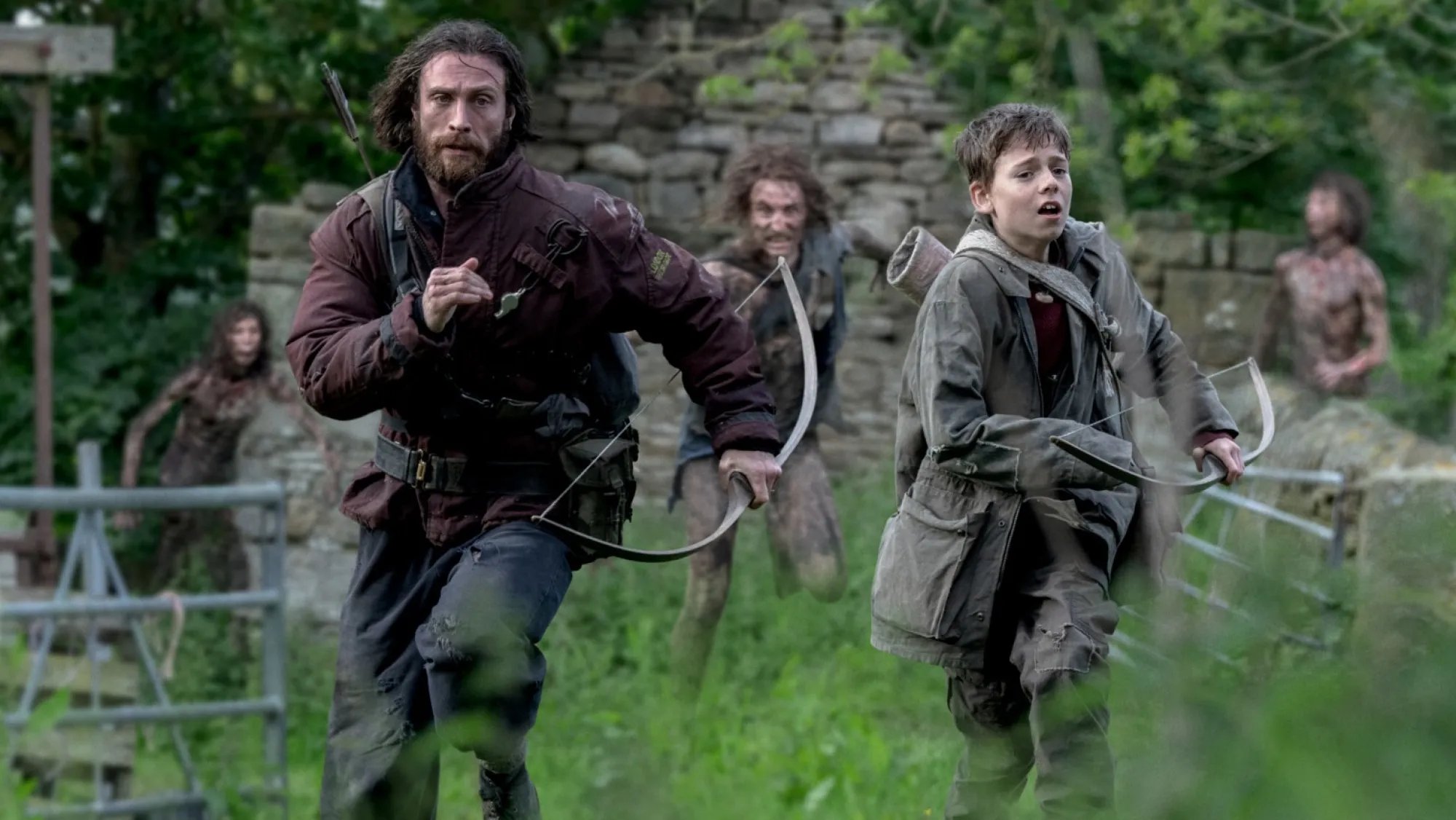
28 Years Later follows a group of survivors who live on a small island isolated from the mainland where the rage virus continues to spread. Jamie (Aaron Taylor-Johnson) takes his son Spike (Alfie Williams) to the mainland to teach him how to survive amongst the infected, whilst there they discover new secrets and horrors that have mutated.
From the very first scene it is abundantly clear that Danny Boyle felt inspired whilst making this film. This isn’t one of those sequels that feels like the director is simply going through the motions. Instead it feels like a shot of adrenaline in cinematic form with the energy and style you’d expect from Danny Boyle, given what he achieved with 28 Days Later. It’s a visually stimulating visceral experience that utilises the editing, sound design and score to heighten the intensity. The first half is dialled up to eleven and the results are incredible, unfortunately the second half stumbles but I’ll get to that later.
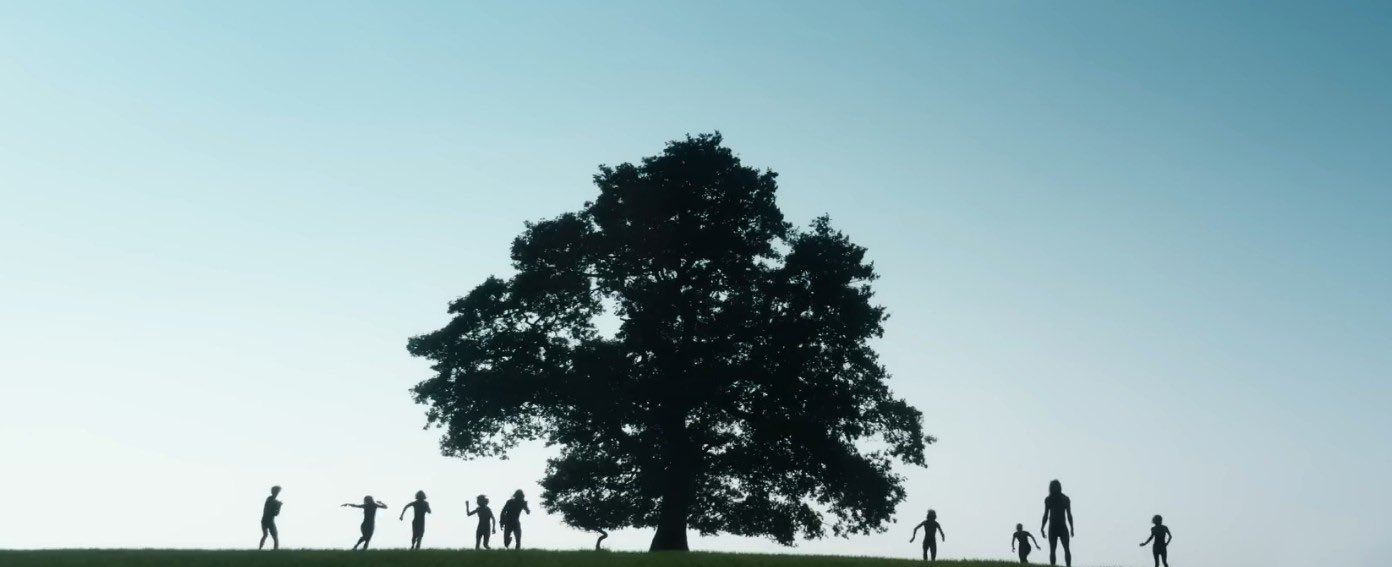
The direction and cinematography is inventive and the editing is sharp. This helps create a myriad of memorable moments such as shots baked in deep red, as the audience are made to feel like they’re secretly watching the infected hunt their prey in the dead of the night. Another example is a pulse pounding set piece across a causeway, as the stars ignite the night’s sky with an array of colours. There’s stunning shots of landscapes and many ways the lightning is used to make that imagery look beautiful even during moments of violence. Speaking of violence, it’s not an excessively violent and gory film but there is an unforgiving brutality when those moments occur. The Alpha’s of the infected are a force to be reckoned with, and whenever they kill someone it comes with the level of spine ripping ferocity you’d see in a Mortal Kombat fatality. The majority of the gore effects appear to be done practically and the make up effects are worthy of praise too.
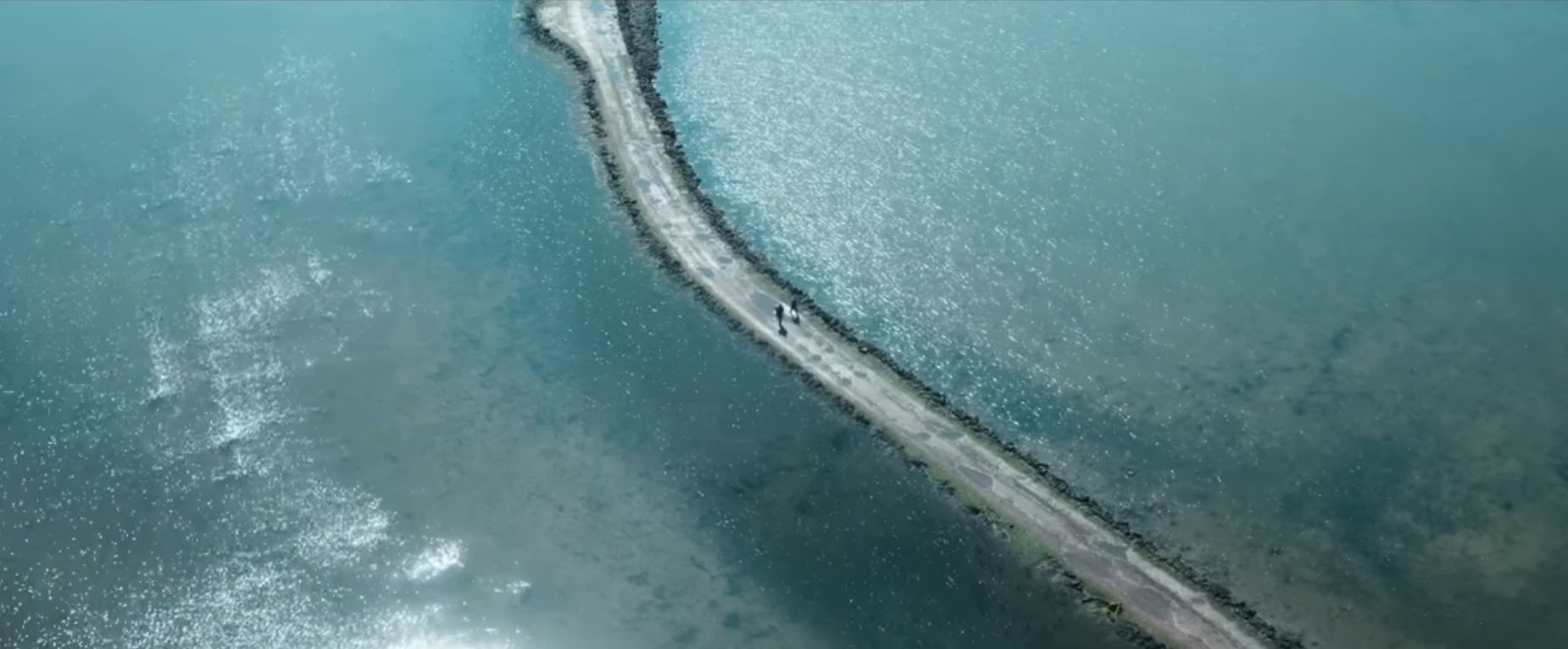
The most compelling aspect of this film is seeing how Boyle and Garland have developed this world 28 years after the original. This story depicts an island of people who have developed a community that has attempted to return to some form of normality. There’s schools, there’s public spaces and even events used for leisure and celebration. There’s also a lot that isn’t explicitly stated but can be gauged through the events of the film, and by paying attention to the imagery that is spliced throughout the first half of the story. There’s scenes where British wartime footage likely from the first or second World War’s is combined with scenes of the people engaging with their daily activities. This choice draws a visual and thematic parallel to this community’s regression to an older form of living. They have no electricity and lack many of the advancements seen in the 21st century, so naturally and perhaps due to a need for nostalgic comfort they have reverted to what they remember to be the good days when Britain was thriving. A similar parallel is drawn between their weaponry. They no longer have guns so they rely on archery. The film cuts shots of archers firing arrows in Laurence Olivier’s 1944 film Henry V, alongside shots of the characters in this film using their bows and arrows. The nature of these elements give the film an art house feel that you rarely witness in big budget studio film such as this. Rudyard Kipling’s poem Boots is utilised through a recording from 1915 by Taylor Homes. It was one of the standout parts of the trailer and it’s just as eerie when used in the film.
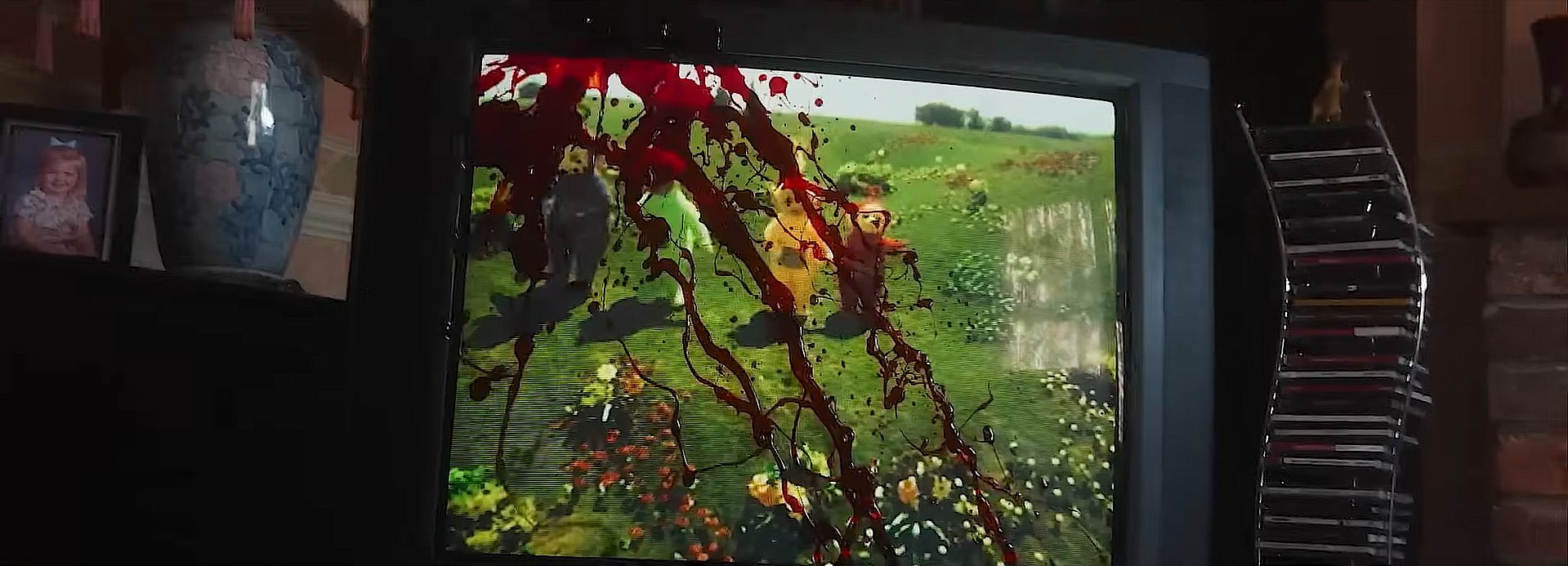
28 Years Later was shot on an iPhone 15 Pro Max, of course with many different lenses and attachments. This choice of camera helps retain an unorthodox visual style similar to what the original had for its time, whilst still being different because this film is nowhere near as heavy with the digital grain aesthetic. The deeper depth of field is something I noticed as a result of this choice. Wide shots and ones that captured the actors at a distance had a noticeably reduced quality compared to the medium shots. Danny Boyle directed this instalment with the flair of a young filmmaker trying to break into the industry. There’s a 180 degree rotating shot technique implemented with the infected that is refreshingly unique.
There is a lot to absorb from the narrative. Alex Garland’s script presents an interesting reality 28 years later and the characters at the centre of it kept me engaged as they embark on their journey. Fundamentally this is a coming of age story focusing on a young boy learning through experience, that the facade of reality created by his community isn’t all it’s made up to be. Each half of the film focuses on his experience with each parent and in both he learns vital life lessons. He learns that his father isn’t as admirable as he was led to beleive, and through his mother he learns how to mature emotionally and accept the inevitable.
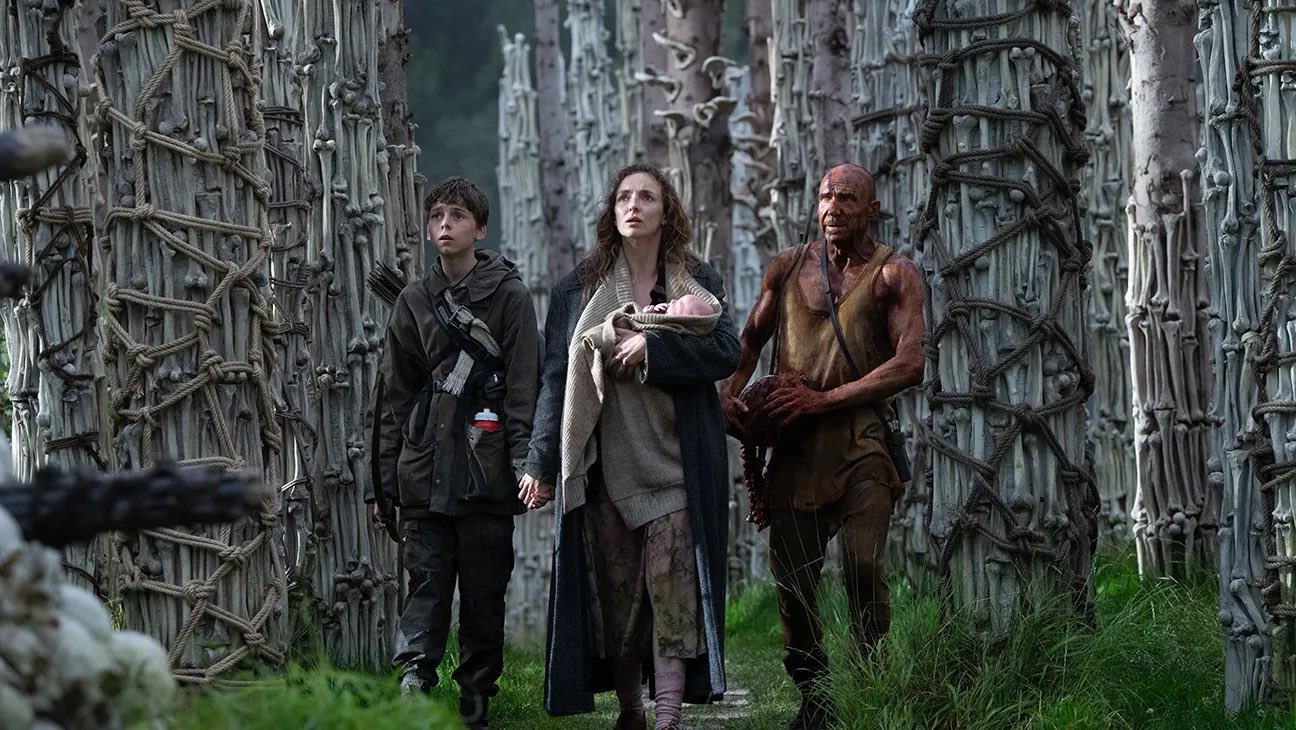
The performances are among the strongest elements of 28 Years Later. Spike is at the centre of this film, It’s a role that demands range and newcomer Alfie Williams is able to deliver to a satisfactory standard. Aaron Taylor-Johnson provides a solid performance as the father who spends the first act guiding his son on his first hunt in the mainland. There’s more depth to his character that is revealed as the story progresses which adds another dimension to him and his relationship with Spike. Jodie Comer is excellent as his mother who is dealing with health issues throughout the film. She displays tremendous range in her scenes with and without dialogue. She’s the most complex character in the script and she elevates the material with her nuance. Ralph Fiennes is compelling to watch as an isolated man who is thought to be insane. This character could’ve been one note but Ralph portrays the role with a presence that is brilliantly juxtaposed with his tender nature.
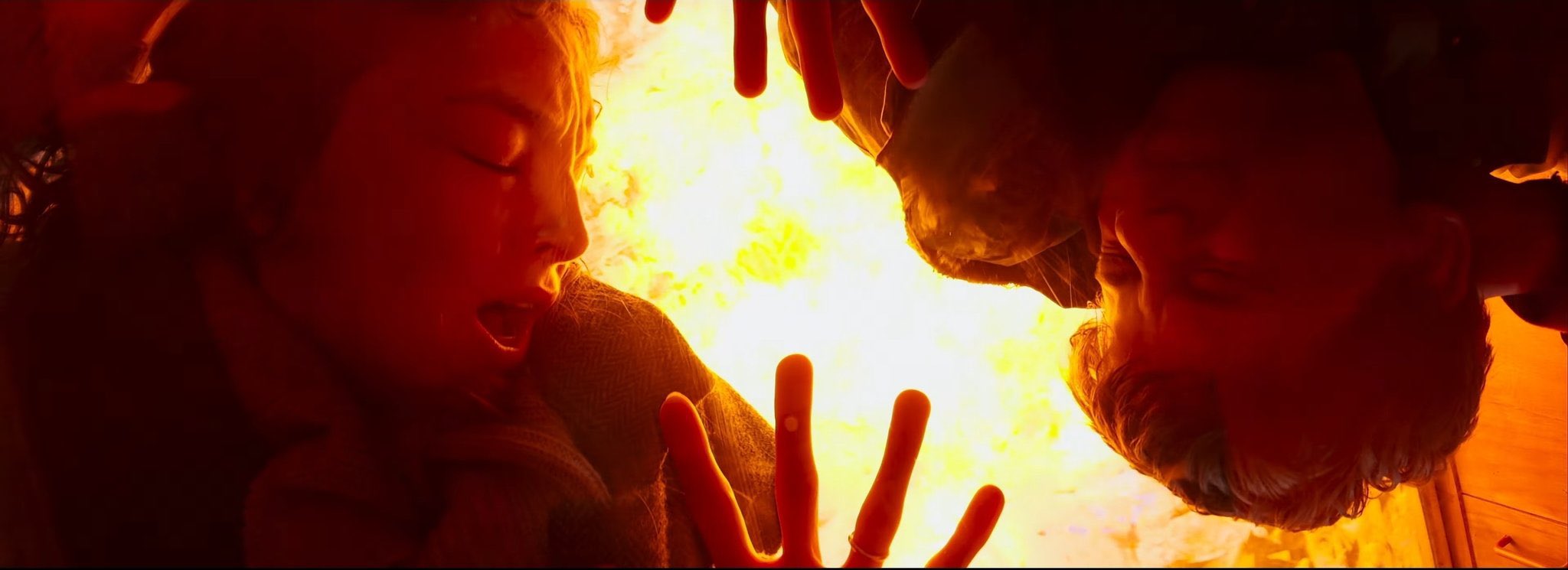
The infected have evolved whilst humanity has regressed and the intensity of the film is heightened whenever both are present in the same scene. 28 Years Later is so inherently British at times that I find it interesting how that alone will draw different reactions from audiences depending on whether you’re British or not, and aware of some of the real world context to certain things present in the film. Examining what this film has to say about the current state and mentality of Britain is very compelling. It captures the delusion and people’s obsession with the nation’s past, as if it was all sunshine and rainbows when it wasn’t.
I expect this will be a divisive film for many reasons. It does take creative risks which I applaud even if some of them don’t work entirely. The first half in many ways is near perfect and that’s why the decline in the second half is more noticeable, even if the film itself doesn’t drop in quality as much as it feels within the moment. There is a shift within the second half that felt a bit too immediate but once it occurs, it results in the pacing taking a hit for a twenty minute span of the film. It doesn’t help that within this period a very annoying character is introduced. Similar to the original, the thematic richness of the story reaches its peak in the third act, where this time the story transitions into a sombre meditation on the inevitability of death. The third act brought this instalment to a fulfilling emotional conclusion but what occurs after that felt a little out of left field, as the film tries to leave you with a compelling hook for the sequel due out next year.
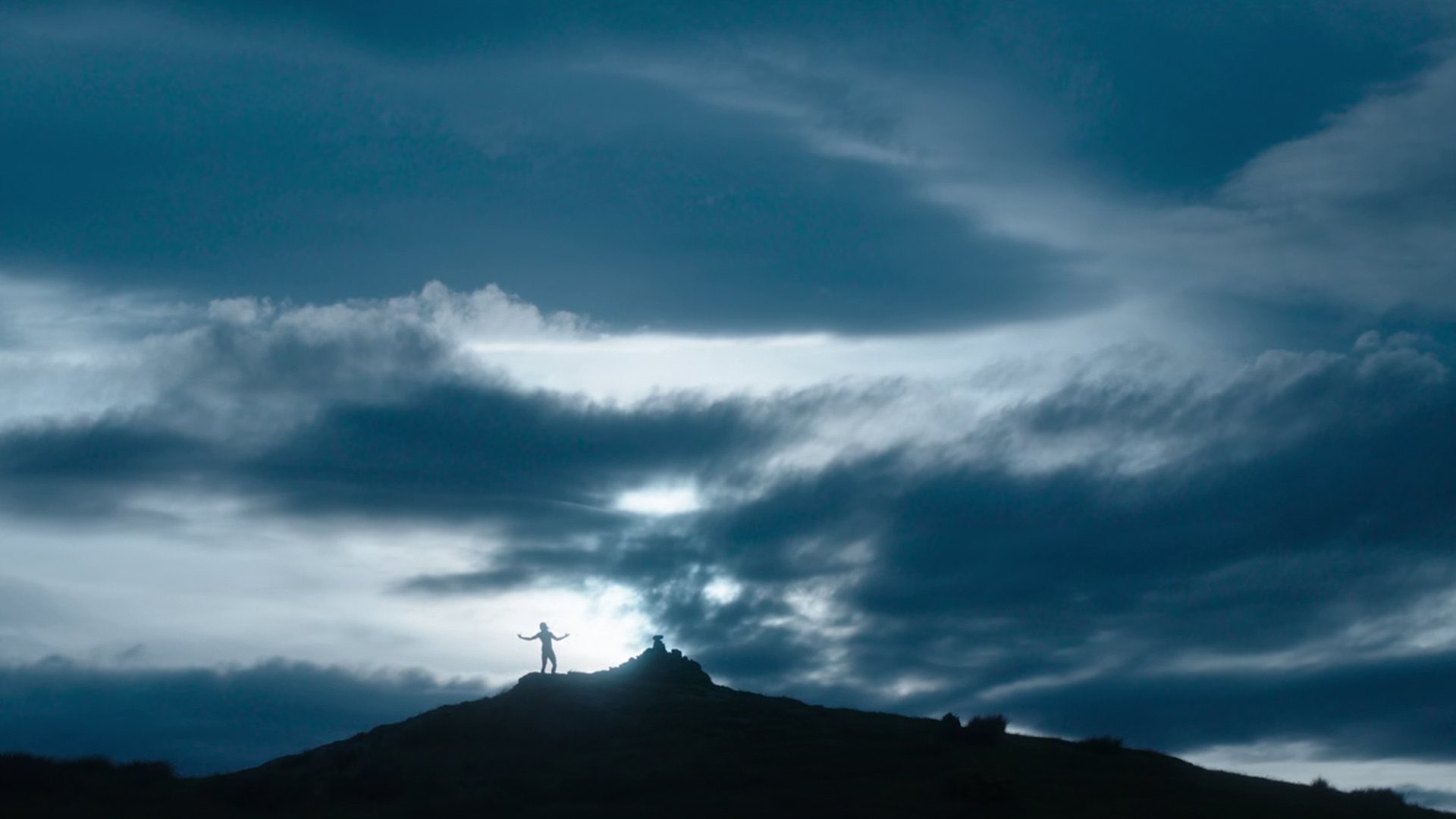
The more I think about it the darker that ending gets and the higher the ceiling becomes for the potential of the sequel. It will be remembered for years to come due to how bold it is. The manner in which the tone switches is enough to cause whiplash, but that in some ways complements how insidious the events of the ending is at its core. It has kept me intrigued since watching it and once I started to see the influence of A Clockwork Orange, I began to appreciate the foundation that was being laid for the sequel. There are many seeds planted for the sequel throughout the film, and the climax is the crescendo to the subtle build up that you may not have been aware was happening. I believe 28 Years Later: The Bone Temple will be psychologically darker than this film. The direction they seem to be taking is multifaceted in a twisted way that is genius. It taps into the horrors of recent British history, with a particular focus on the once beloved now infamous public figure, Jimmy Savile.
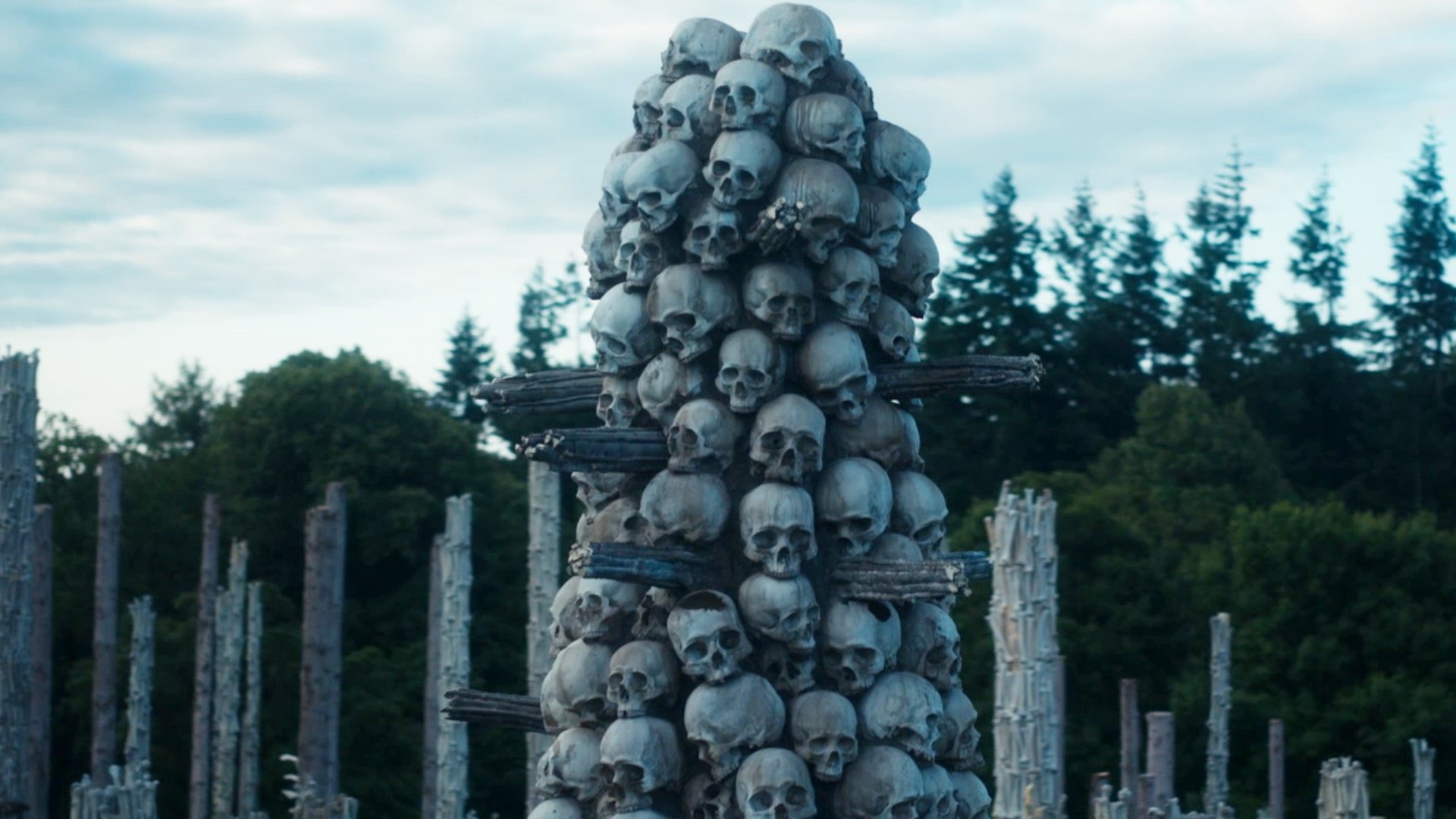
28 Years Later is one of those films I appreciate despite its flaws because I’d rather a film be bold and take risks, than just be a sequel that is safe and tries to imitate what came before. It’s a thematically rich horror film that in its first half evokes the feeling of witnessing avant-garde cinema. It’s just a shame that the second act couldn’t maintain that feeling, whilst transitioning into its emotionally poignant final act.
★ ★ ★
This review was written by Terrelle Graham.
28 Days Later. Starring Aaron Taylor-Johnson, Jodie Comer, Alfie Williams and Ralph Fiennes. Directed by Danny Boyle. Runtime 115 minutes.